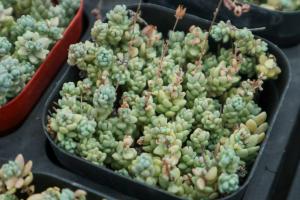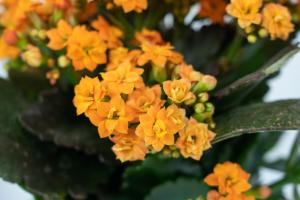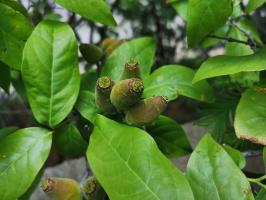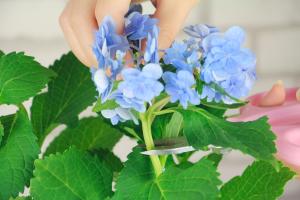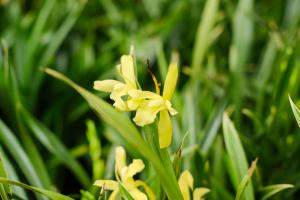Should You Water House Plants from the Bottom?
House plants are a delightful addition to any home. They not only add beauty to your living space but also provide a host of benefits such as purifying the air and boosting your mood. However, to keep your indoor plants healthy and thriving, it's essential to water them regularly. One question that often arises is whether you should water house plants from the bottom or top. In this article, we'll explore the pros and cons of bottom watering and how to do it correctly.
The Pros of Bottom Watering
Bottom watering, as the name suggests, involves watering your plants from the bottom rather than the top. Some of the benefits of this method include:
Prevents Overwatering: When you water your plants from the top, water tends to accumulate on the leaves, stem, and soil surface. This can lead to overwatering and increase the risk of fungal and bacterial infections. Bottom watering ensures that plants receive water in a controlled and measured way, preventing overwatering and root rot.
Encourages Deep Root Growth: When you water your plants from the bottom, the roots have to reach down to absorb the water. This encourages deep root growth which makes the plants more resilient and drought-tolerant.
Ensures Even Water Distribution: Bottom watering ensures that water is distributed evenly throughout the soil, preventing dry pockets and ensuring that all parts of the root system receive water.
The Cons of Bottom Watering
While bottom watering has many benefits, there are also some cons to consider:
Difficult to Judge Water Needs: When you water from the top, you can see when the soil is moist and stop watering. With bottom watering, it's more challenging to judge when the plant has received enough water.
Requires Watertight Containers: Bottom watering requires that you use watertight containers that can hold water without leaking. This may not be practical for all plants and containers.
May Lead to Mineral Build-Up: When you water from the bottom, minerals in the water can accumulate in the soil over time, leading to potential nutrient imbalances and toxicity.
How to Water from the Bottom
To water your plants from the bottom, follow these steps:
Fill a tray or saucer with about an inch of water.
Place your plant pot on top of the tray or saucer, making sure that the water level does not reach the bottom of the pot.
Allow the plant to absorb the water for about 30 minutes to an hour or until you see moisture on the surface of the soil.
Remove the plant pot from the tray or saucer and discard any excess water.
Conclusion
Bottom watering can be an effective way to water your house plants, particularly if you're prone to overwatering. However, as with any watering method, it's essential to monitor your plants' water needs and adjust accordingly. For best results, use a combination of top and bottom watering to ensure that your plants receive the right amount of water and nutrients.

 how many times do yo...
how many times do yo... how many planted tre...
how many planted tre... how many pine trees ...
how many pine trees ... how many pecan trees...
how many pecan trees... how many plants comp...
how many plants comp... how many plants can ...
how many plants can ... how many plants and ...
how many plants and ... how many pepper plan...
how many pepper plan...